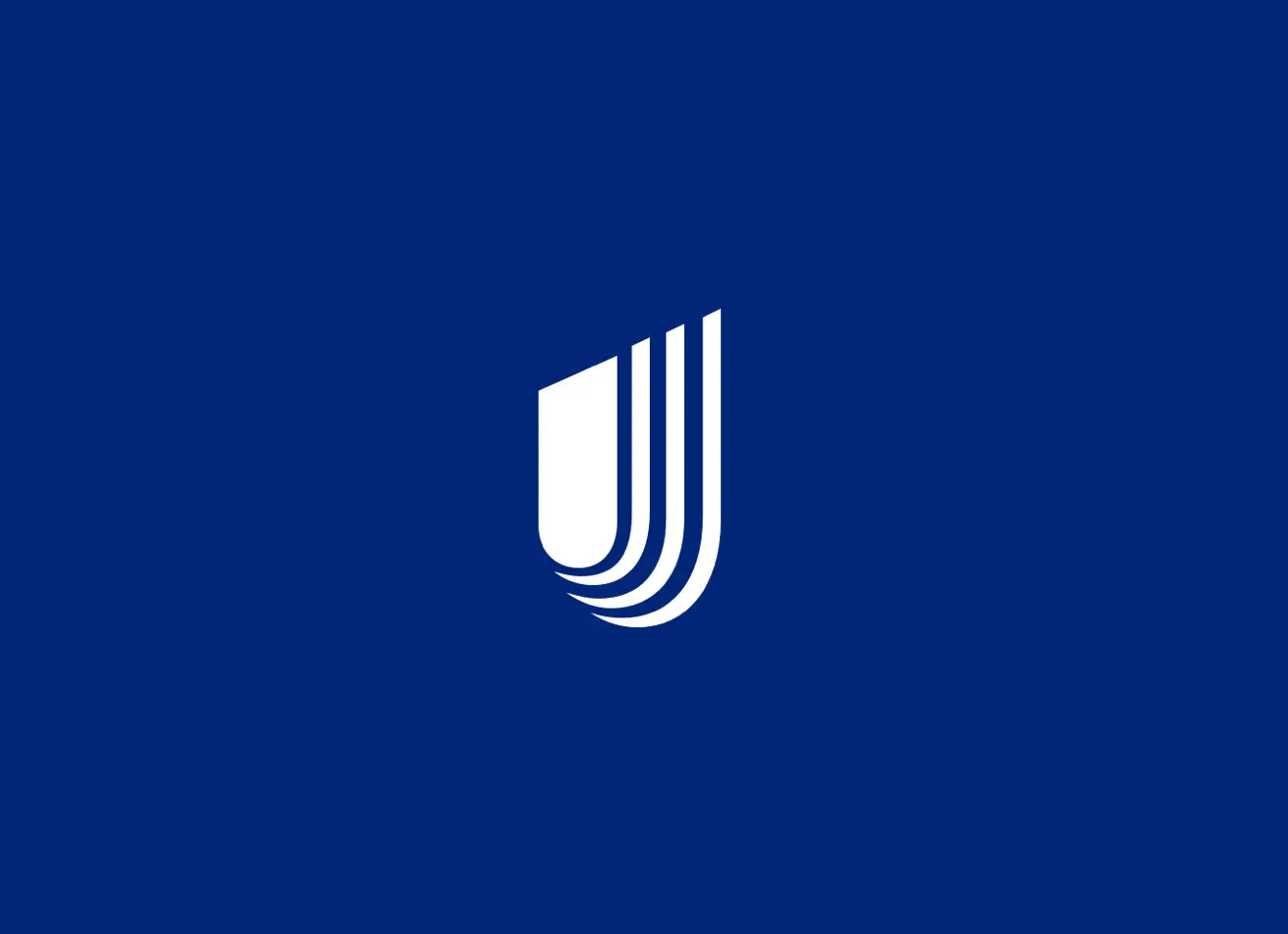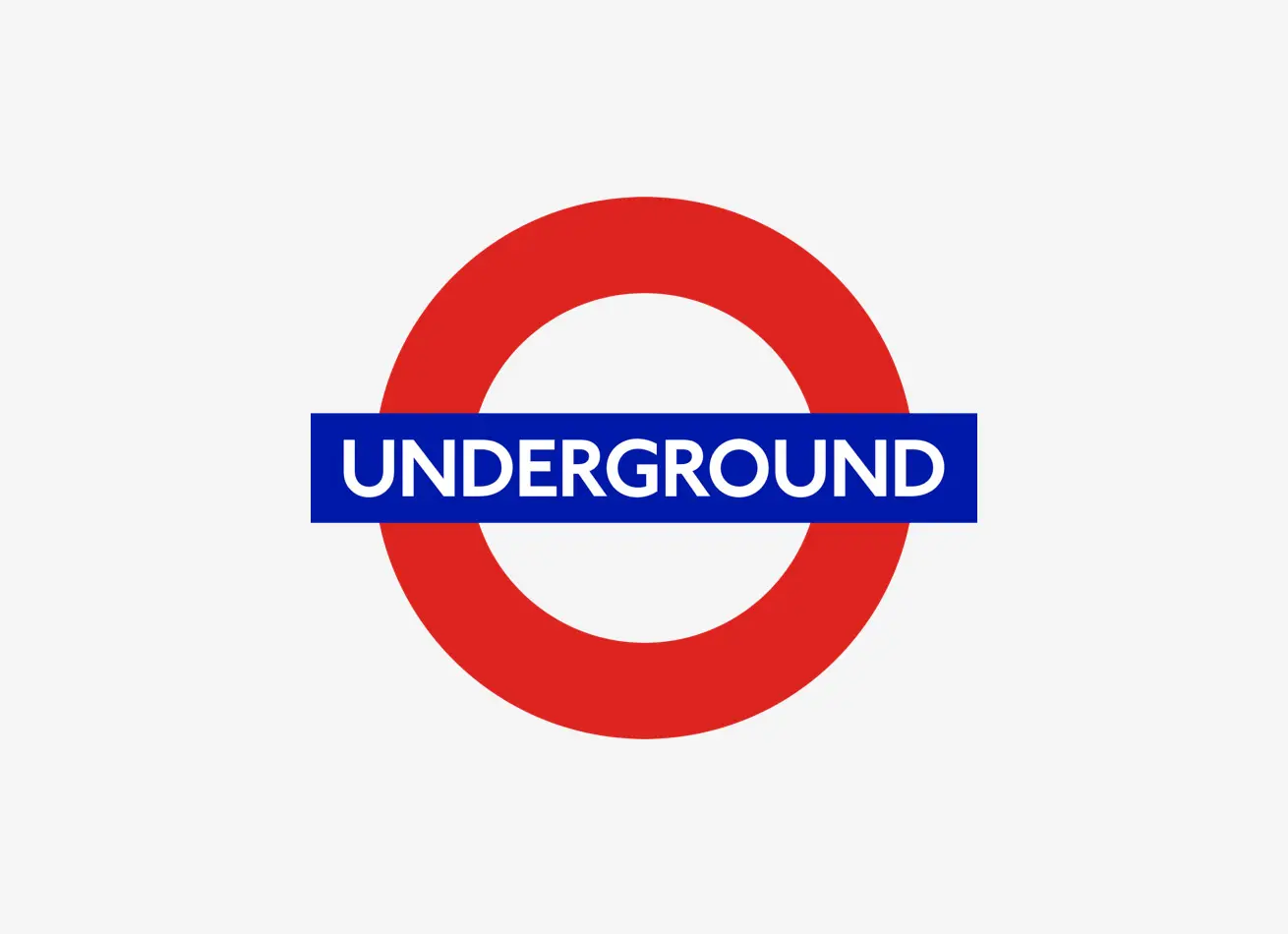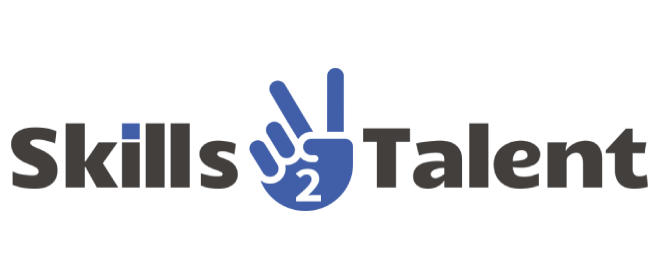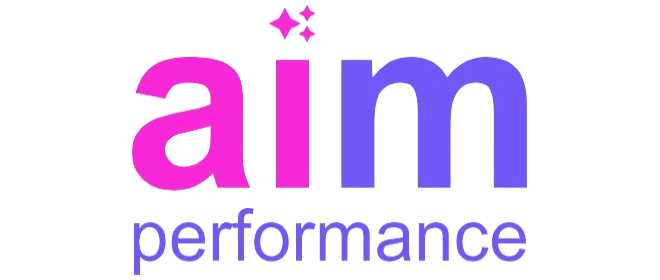Performance management is essential for today’s diverse and often dispersed blue-collar workforce. Beyond monitoring productivity and attendance, a well-implemented PMS can provide crucial insights into team dynamics, fostering a culture of collaboration, trust, and shared goals. For industries where manual labor and teamwork are essential, understanding the nuances of team interactions can help unlock hidden potential, improve morale, and drive sustained performance.
Decoding Team Dynamics with Performance Data
Performance data serves as a foundation for understanding team dynamics. In a blue-collar setting, where physical coordination and timing are crucial, knowing how team members interact, contribute, and adjust based on their roles can reveal critical team dynamics. Performance management systems (PMS) record key metrics like efficiency, task completion rates, and individual contributions, helping managers gauge how teams operate on a daily basis.
By analyzing these metrics, leaders can uncover patterns in collaboration, communication, and conflict resolution. This data-driven insight enables managers to spot any team-related issues early, addressing them before they become productivity blockers. The data also highlights team strengths, allowing companies to leverage these for complex projects or high-stakes tasks.
Identifying Complementary Skills for Enhanced Teamwork
Every team thrives when members’ skills complement one another, creating a strong foundation for positive team dynamics. Performance management helps identify the unique skills each team member brings to the table. By mapping skill levels and analyzing work outputs, managers can better understand where certain talents and strengths lie within a team, enhancing overall team dynamics and cohesion.
This insight into complementary skills aids in effective task allocation. When team members are assigned tasks that play to their strengths, they work more efficiently, and the overall team becomes more cohesive. In addition, recognizing these skills allows for targeted upskilling and development initiatives that can address skill gaps and ensure the team performs at its best.
Improving Communication Flow
One of the core components of team dynamics is communication. In blue-collar environments, effective communication is vital for safety, productivity, and morale. Performance management systems can track how often and effectively team members communicate and identify potential breakdowns in the communication flow.
With this information, managers can devise strategies to improve communication, whether by implementing regular check-ins, adopting team-based communication tools, or fostering an open feedback culture. Enhanced communication leads to better teamwork, fewer misunderstandings, and an overall smoother workflow, enabling the team to function more like a cohesive unit.
Boosting Morale through Recognition in Team Dynamics
Recognition and appreciation are crucial in fostering positive team dynamics. Blue-collar employees often feel unrecognized for their hard work, which can impact morale and lead to higher turnover rates. A good performance management system provides a structure for recognizing achievements and milestones, highlighting each team member’s contributions.
By celebrating both individual and team successes, companies can build a culture of appreciation that boosts morale. This recognition enhances individual motivation and fosters a team environment where every member feels valued, strengthening relationships and teamwork over time.
Spotting Potential Conflicts and Resolving Them Early
Conflicts are inevitable in any workplace, especially in team-based blue-collar settings where tasks are interdependent, impacting team dynamics. Performance management offers early warning signs of conflicts by tracking discrepancies in performance, attendance, and teamwork ratings, allowing managers to address potential issues before they disrupt team dynamics.
Once potential issues are identified, managers can intervene and mediate as needed. Conflict resolution becomes more manageable when it’s data-backed, allowing for evidence-based conversations. When conflicts are resolved early, it minimizes disruptions to the team dynamic, leading to a more harmonious and productive work environment.
Encouraging Accountability and Responsibility
Accountability is a cornerstone of strong team dynamics. Performance management systems facilitate this by tracking individual contributions, helping to build a sense of responsibility among team members. In blue-collar settings, where team success often depends on each person’s output, accountability ensures that everyone is contributing their fair share.
With PMS, employees are aware that their performance is being monitored, which encourages a sense of ownership and accountability. This approach leads to higher productivity and a shared commitment to team goals, creating a positive cycle of responsibility and reliability within the team.
Enhancing Safety and Compliance through Team Monitoring
Safety is paramount in blue-collar industries, where compliance with regulations and protocols is non-negotiable and directly impacts team dynamics. Performance management allows supervisors to monitor safety compliance on an individual and team basis, ensuring that everyone adheres to safety protocols and minimizing accident risks. By fostering a shared commitment to safety, performance management strengthens team dynamics, as each member plays an active role in creating a secure work environment.
When a PM system flags non-compliance trends, it prompts managers to take corrective action, whether through additional training, process adjustments, or individual feedback. This proactive approach to safety fosters a team culture where every member is invested in mutual safety, contributing to a stronger, more cohesive team dynamic.
Cultivating a Culture of Continuous Feedback
Feedback is essential for continuous improvement. Performance management facilitates a structured feedback process, allowing managers to provide regular input and allowing employees to offer their perspectives. This continuous feedback loop is essential in blue-collar settings, where real-time adjustments can greatly improve efficiency and teamwork.
When team members know their performance is being reviewed consistently, they are more open to making changes and improvements. Managers can use this opportunity to foster a culture of mutual feedback, where each member of the team feels comfortable sharing suggestions, leading to a more open, adaptable, and efficient workforce.
Driving Team Alignment with Shared Goals in Team Dynamics
Alignment on goals is essential for team synergy. Through performance management, companies can ensure that every team member understands the broader objectives of their work. In blue-collar roles, where tasks may sometimes feel routine, aligning individual tasks with company goals can bring a renewed sense of purpose.
Performance management allows managers to set and communicate clear goals, ensuring that everyone understands their role in achieving them. When team members work with a shared sense of purpose, they collaborate more effectively, reinforcing team dynamics and driving collective success.
Conclusion: Strengthening Team Dynamics through Performance Management
Incorporating a well-designed performance management system in blue-collar environments is more than just tracking productivity. It’s about fostering a culture where team dynamics are strengthened through data-driven insights, skill optimization, and proactive management. By understanding and leveraging team dynamics, companies can create more cohesive, motivated, and productive blue-collar teams. This not only enhances productivity but also builds a workplace where every employee feels valued and empowered.











Companies often neglect to have written standards and policies around their cybersecurity. Why? Because dozens of them are usually needed, covering everything from equipment management to backup procedures, admin credentialing, remote work policies, and so much more. But it’s well worth the effort.